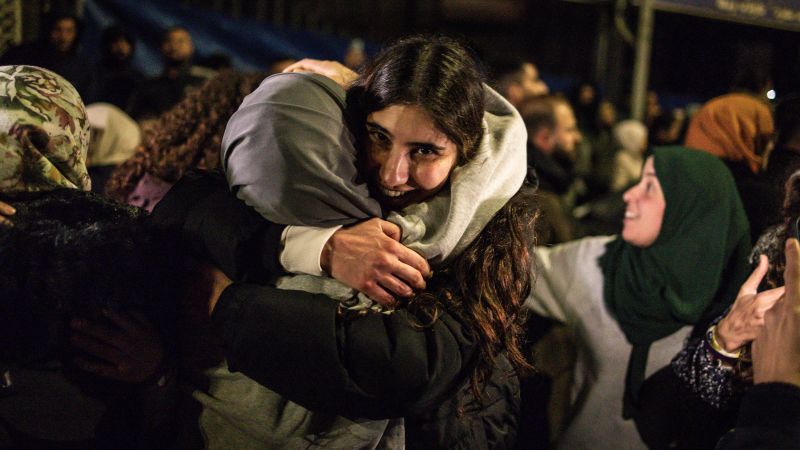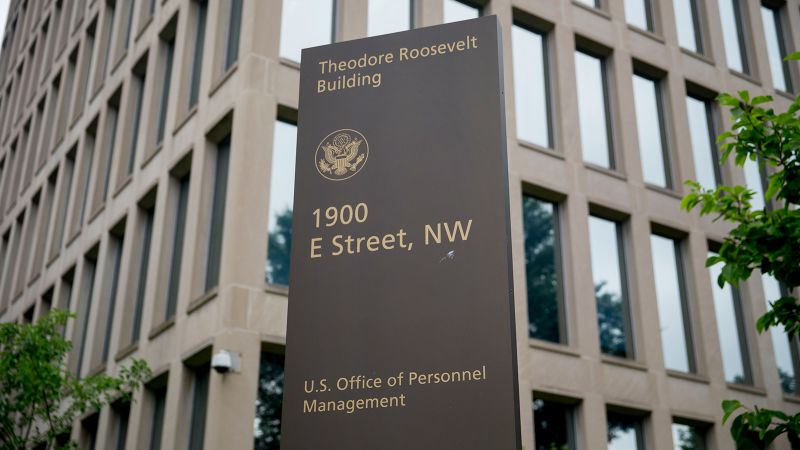
Hundreds of aid trucks crossed into Gaza on Sunday after the ceasefire between Israel and Hamas came into effect, as residents spent their first night without Israeli airstrikes in more than a year.
Over 15 months of Israeli bombardment has laid waste to the Palestinian enclave, triggering a humanitarian disaster marked by hunger, disease and a lack of medical care.
The ceasefire allows for a dramatic uptick in humanitarian relief to enter Gaza, but the United Nations has warned that would be “only a start.”
Here’s some of the acute crises in Gaza:
Displacement: About 90% of the 2.1 million people in Gaza have been displaced due to Israeli bombing, “some 10 times or more,” according to the UN. Many have been forced to live in tents, exposed to deadly winter cold and heavy rainfall that has flooded shelters.
Triad of death: At least five babies under a year old and a 2-year-old have died in the past month due to freezing weather. One surgeon in Gaza said hypothermia, malnutrition and injury represented the triad of death. “In Gaza this means that people will die of hypothermia at higher temperatures, will starve to death much quicker and will succumb to less severe wounds,” he wrote.
Health crisis: Israel’s bombardment has decimated Gaza’s health sector. Medical facilities that are still functioning are struggling to operate without fuel, food, water or adequate medical supplies, while coping with the constant influx of wounded people, including thousands of children. Last year, aid groups warned amputations were being performed without anesthesia. Hospitals are also dealing with preventable diseases that are spreading at an alarming rate, and many people suffering from chronic illnesses and cancer cannot be treated in Gaza. The Israeli military has launched repeated assaults on Gaza’s hospitals, alleging that Hamas uses the facilities as “command and control” centers.
Famine: Israel’s siege has drained food supplies in parts of Gaza, plunging Palestinians into a severe hunger crisis. Deaths of children due to hunger and malnutrition indicate that famine had spread. Aid agencies reported repeatedly being denied entry into northern Gaza, where the crisis is most acute. “The basics of human survival are being destroyed in Gaza,” a UN official said.
Water and sanitation: Around 70% of all water and sanitation facilities in Gaza have been destroyed or damaged. Severe water shortages have been widely reported, and most or all of the water people have access to is not safe to drink. Those living in tents described scenes of sewage spilling into the streets and children drinking from puddles. The UN agency for Palestinian refugees has called the sanitary conditions in Gaza “inhumane.” In August, an 11-month-old boy became the first person in Gaza in 25 years to be diagnosed with polio after Israel’s military campaign destroyed sanitation systems.
Schools: Over 95% of schools in Gaza have been partially or completely destroyed. Thousands of children are denied access to education. The Israeli military has persistently alleged that Hamas uses schools and other facilities for displaced civilians as a cover for its operations.
Infrastructure: Israeli bombing has turned much of Gaza into rubble, and 92% of all housing has been destroyed or damaged. The first CNN drone footage of Gaza since November 5, 2023, shows the scale of destruction caused by the war. The footage shows the flattened remains of hundreds of buildings in northern Gaza. The UN estimated in July that it would take at least eight years to clear debris.
Casualties: At least 46,913 Palestinians have been reported as killed in the war in Gaza, according its Health Ministry. But the true death toll is significantly higher than the figure reported by authorities, a study found.















Leave a Reply